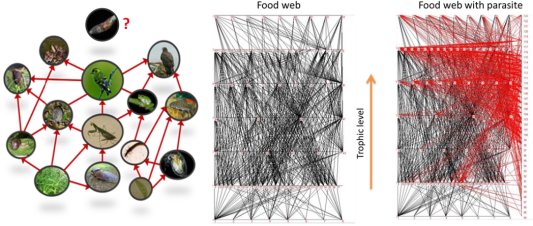Presenter: Hsuan-Wien Chen (Assistant Professor, National Chiayi University, Taiwan)
Title: Applications of network analysis on parasite diversity and transmissions
Place: HW525 (Research Building No. 1)
Associated Mission: Mission 1: Environmental Diagnosis and Regulation of Circulatory Function and Mission 5: Quality of the Future Humanosphere
ZOOM Meeting ID: 662-304-549
Abstract
Parasitism is an integral part of nature and parasites can play multiple roles in the process at multiple ecological hierarchies. In biological community, parasites often function as the top-down mediators engaging intra- and inter-species competition among their host species. As more studies now consider parasitism as an inimitable part of ecosystem, integrating parasites into ecological network has great potentials to provide new insights of structural and functional roles of parasitism in nature systems. Using the tool of network analysis, our study is aimed to elucidate features associated with parasite diversity and transmission within the complex network of ecological interactions. We first showed that parasites are not only occurring in non-random fashion in the network but also positively associated with the prominent network positions occupied by their hosts. Such non-randomness further sheds the light on the potential constraints of parasite transmission modules in complex ecological networks. Moreover, in addition to treating parasites as a separate entity outside the ecological network, parasite can be considered as an integral part embedded within the networks. From this perspective, we then focused on how to quantify and model impacts from parasites within complex ecological networks. The signed digraph approach was developed and applied for this purpose. This method provides a simple and intuitive tool to measure species interactions after counting both direct and indirect effects in both top-down, bottom-up and parallel directions. As its great potential on quantifying a wide range of ecological interactions, its can further reveal the interactions between parasites and other major functional/taxonomic groups in ecological networks and elucidate the roles parasites played in ecological communities.
 Fig. where are parasites infected in the food web network?
Fig. where are parasites infected in the food web network?
Go to Japanese page
PDF file (212 673 bytes) | Top
15 November, 2017


